High-frequency quenching cracks
Quenching cracks are the most common defect in high-frequency quenching. There are many reasons for their occurrence, such as overheating, too fast cooling rate, and improper microstructure before high-frequency quenching.
In addition, the carbon content of the steel used also has a great influence. For example, quenching cracks are rarely produced when the carbon content is around 0.30%, but they are easily produced when the carbon content is around 0.50%. The size of the steel's grain and carbide morphology should also be noted.
To prevent quenching cracks, attention should be paid to the shape of the workpiece, especially the edges of sharp corners, round holes, uneven wall thickness, and chamfers. In addition, the presence of slag in the steel will also have a great impact on the occurrence of high-frequency quenching cracks.
Soft spots and insufficient hardening layer thickness in high-frequency quenching
It is generally believed that the reasons for soft spots and insufficient hardening layer thickness are caused by various factors, such as quenching temperature, heating time, and cooling method. In addition, the frequency of the current and the shape of the inductor should also be emphasized.
The hardness and hardening layer thickness of high-frequency quenching are also affected by whether there are reticular carbides and the size of spheroidized particles in the steel before high-frequency quenching. To prevent such defects, the steel used should be subjected to normalizing and tempering treatment as required.
In addition, selecting an appropriate current frequency (if adjustable) according to the required hardening layer thickness is also important.
High-frequency quenching burns
Overheating caused by the shape of the workpiece, shape of the inductor, and frequency of the current may cause burns on the workpiece. To prevent burns, attention should be paid to the keyway, the edge of the round hole, and the gap between the inductor and the workpiece.
Grinding cracks in high-frequency quenching
For workpieces subjected to high-frequency quenching or normal quenching, when they are ground in the quenched state or in the low-temperature tempered state, due to the local generation of grinding heat, the first and second stage tempering shrinkage will occur, resulting in tensile stress on the surrounding metal and forming soft spots. Because the soft spots show temper colors, this phenomenon is also called grinding burn.
In addition, grinding cracks can also be caused by the residual austenite transforming into martensite or by local secondary quenching caused by excessive grinding heat during the grinding process.
There are two types of grinding cracks: one is the first-stage grinding cracks, which occur when the workpiece temperature rises to around 180℃ (corresponding to the first stage of tempering) due to grinding heat. The cracks are perpendicular to the grinding feed direction and are in parallel lines. The other type is the second-stage grinding cracks, which occur when the workpiece temperature rises to around 250-300℃ (corresponding to the second stage of tempering), and the cracks are in a mesh shape.
The detection of grinding cracks can be carried out by using the hot acid etching method, and the microstructure is obtained as either martensite or troostite.
Grinding heat is generated under the conditions of contact and compression friction between the grinding wheel and the steel. Therefore, the type and grain size of the grinding wheel, as well as the type of steel used, all have an impact on the generation of grinding heat. The higher the hardness of the steel, the more hard carbides, or the lower the thermal conductivity, the more likely it is to produce more grinding heat, which will cause the workpiece temperature to rise. Alloy steels with high carbon content and containing chromium and molybdenum are also prone to produce a large amount of grinding heat, causing the workpiece temperature to rise.

 en
en  cn
cn  jp
jp  ko
ko  de
de  es
es  it
it  ru
ru  pt
pt  th
th  vi
vi  pl
pl 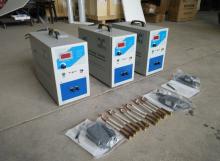
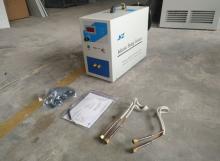
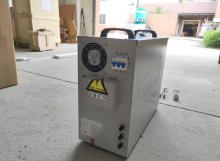
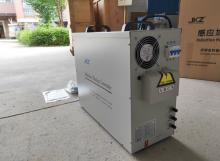


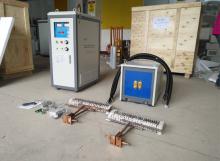
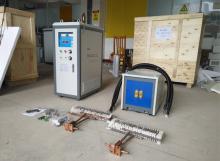

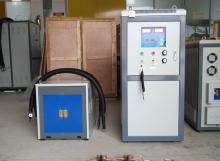
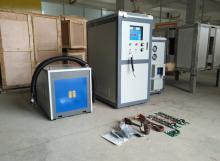
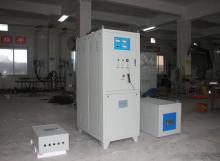
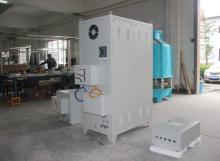
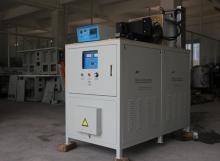
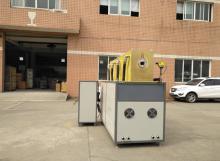
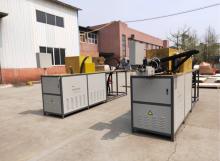
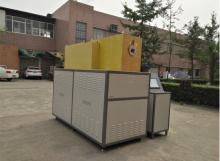
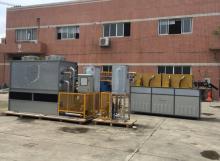
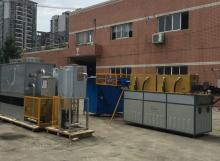
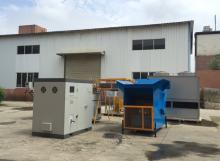
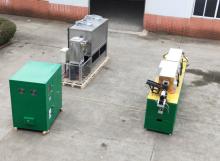
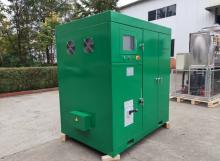
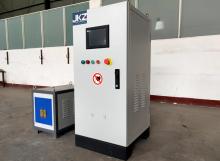
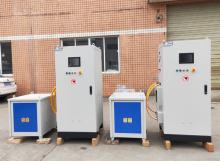


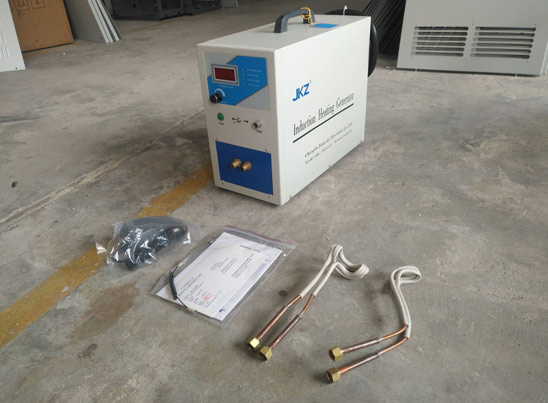
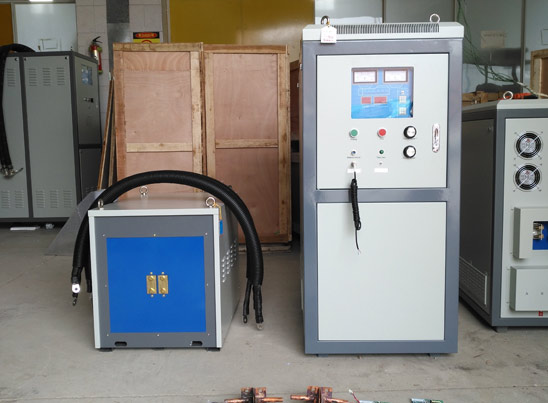


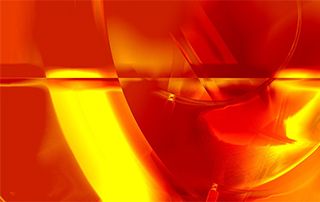
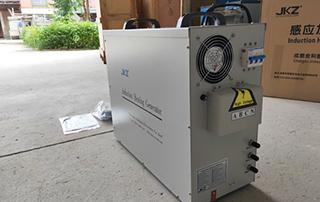

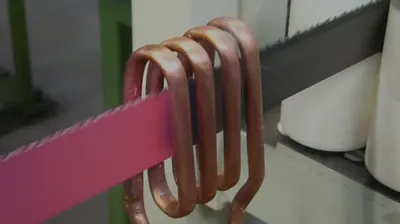
 Call us on:
Call us on:  Email Us:
Email Us:  NO. 688th South Baoguang Road, Xindu District, Chengdu City, Sichuan Province, China
NO. 688th South Baoguang Road, Xindu District, Chengdu City, Sichuan Province, China